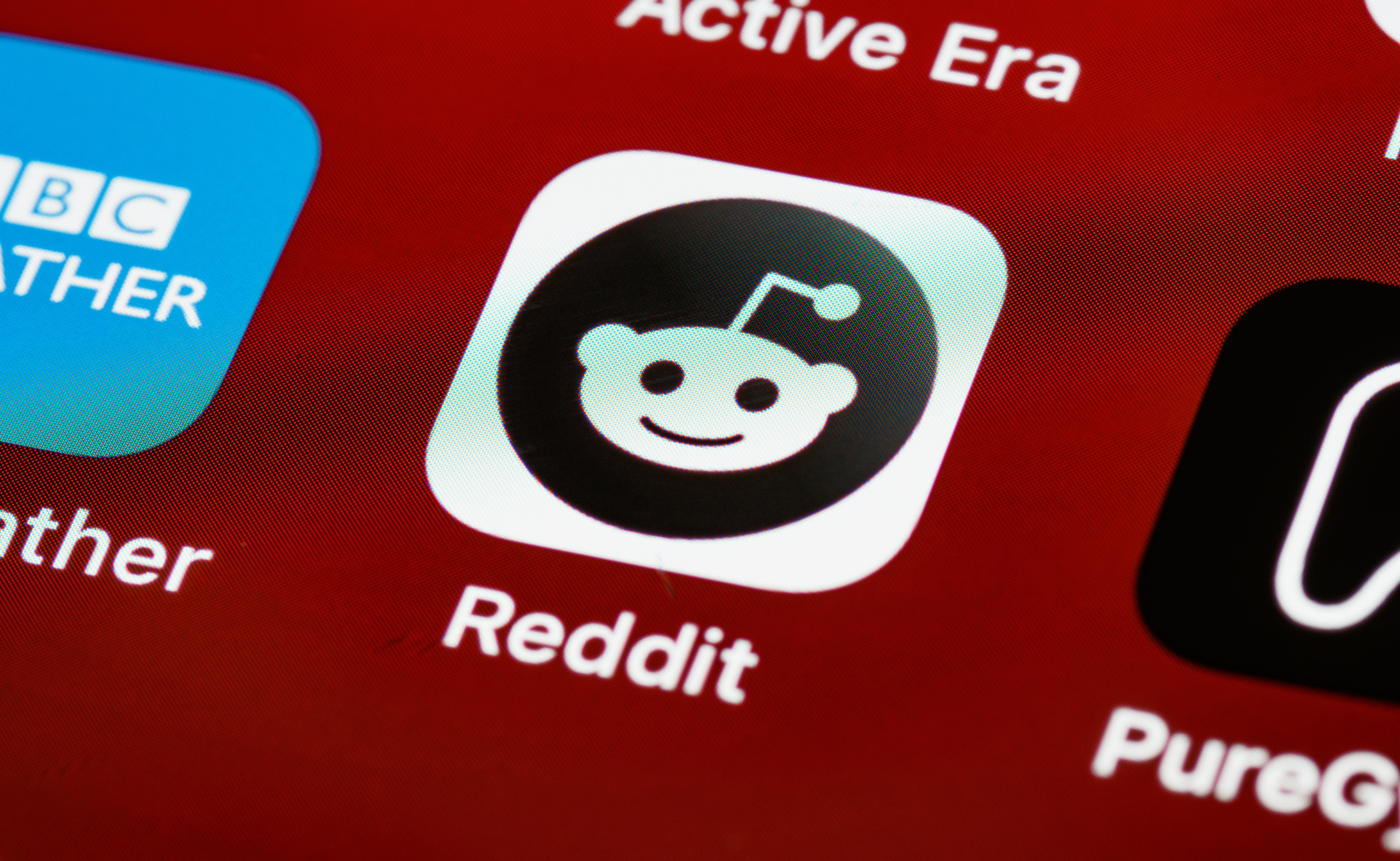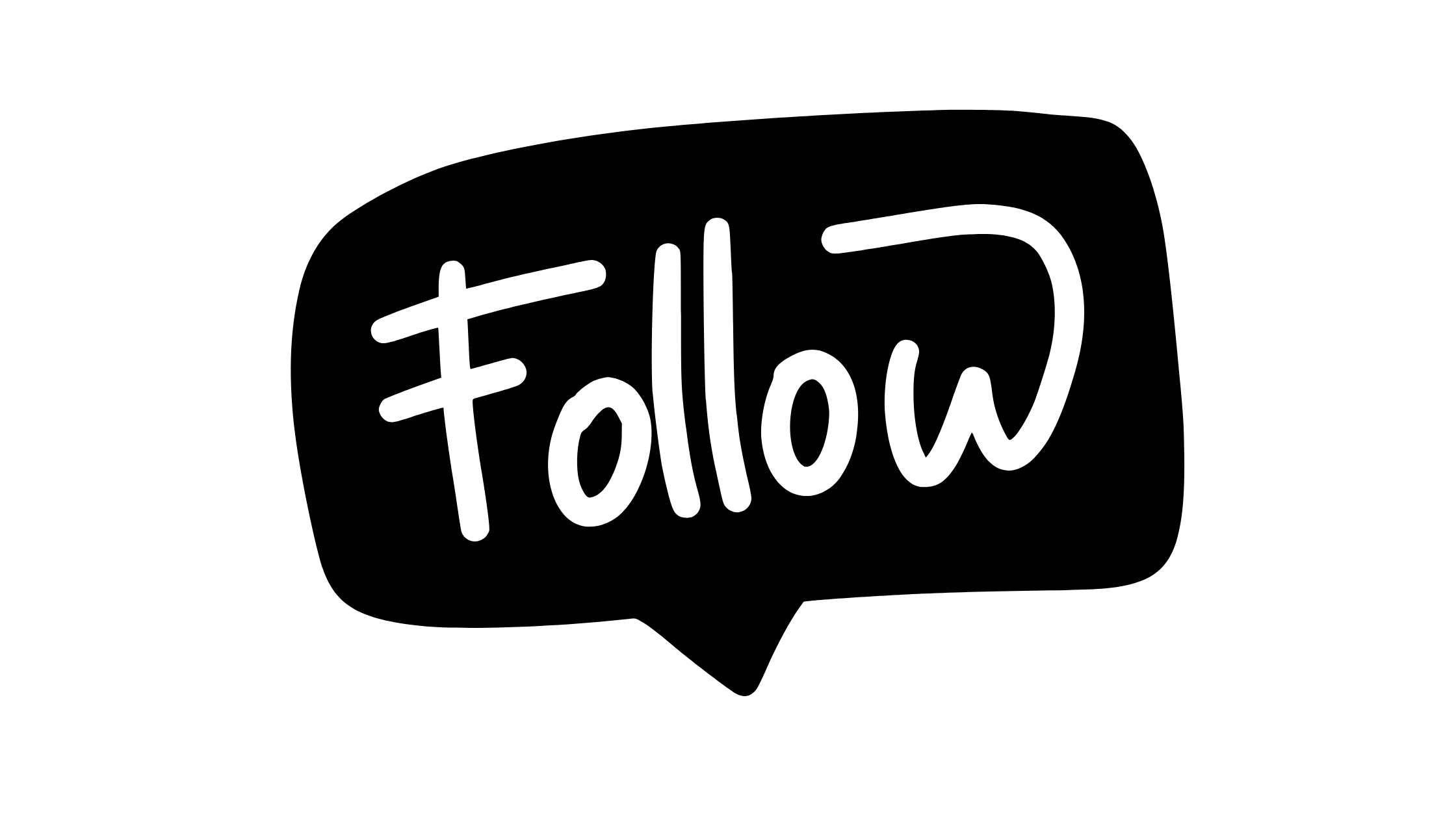Content Calendar Essentials: Balancing Consistency Across Multiple Social Channels.

Transform your marketing efforts with powerful data-driven strategies that not only enhance targeting but also significantly increase your return on investment.
Content Calendar Essentials: Balancing Consistency Across Multiple Social Channels
In a digital world where consumers are active on multiple social platforms, maintaining a consistent brand presence across each channel can be a challenge. That’s where a content calendar becomes invaluable. A well-organised content calendar helps ensure your message is unified, timely, and optimised for each platform. In this post, we’ll explore the essentials of building a content calendar that keeps your brand consistent, engaging, and relevant across social channels.

Why Consistency Matters Across Social Media Channels
Consistency in social media is about more than just showing up regularly. It means sharing cohesive messaging, aesthetics, and values across platforms, reinforcing your brand identity and building trust with your audience. When customers see similar themes and messages on different platforms, it strengthens your brand’s credibility and makes your content more memorable.
A consistent presence also:
- Enhances brand recall and recognition
- Engages audiences more effectively
- Boosts visibility in platform algorithms
- Increases the chances of conversions and sales
Step 1: Define Your Content Pillars
Content pillars are the main themes or categories that align with your brand and goals. For example, a fitness brand might focus on health tips, workout routines, client testimonials, and nutrition advice. Defining these pillars is essential because it streamlines your content creation and gives your audience clear, predictable value.
Example Content Pillars for Different Industries:
- E-commerce: Product showcases, customer reviews, styling tips, seasonal promotions
- Service-based Business: Educational posts, client success stories, behind-the-scenes, expert tips
- Nonprofit: Impact stories, event promotions, volunteer highlights, informational graphics
Aligning your content around these pillars will help you stay focused and balanced in your messaging across multiple channels.
Step 2: Choose the Right Tools for Your Content Calendar
Using a content calendar tool is essential for tracking posts, deadlines, and ideas in one place. Some popular options include:
- Google Sheets: Simple, accessible, and highly customisable for teams
- Trello: Great for visualising content flow and adding due dates and checklists
- Notion: Flexible for teams needing both a calendar view and a content hub
- Hootsuite & Buffer: Social media management tools with built-in scheduling and analytics
- Airtable: Offers flexibility with calendars, checklists, and easy collaboration
Choose a tool that aligns with your team’s needs, whether you prefer a simple spreadsheet or an advanced scheduling platform.

Step 3: Create a Posting Schedule for Each Platform
Every social media platform has its own optimal posting frequency and timing. Here’s a quick guide:
- Facebook: 1–2 times per day, focusing on quality over quantity
- Instagram: 3–5 times per week for posts; daily for Stories if possible
- LinkedIn: 1–2 times per week for B2B companies, especially on weekdays
- Twitter: 5–10 times per day for consistent visibility, especially if you’re engaged in conversations
- Pinterest: 3–5 pins per day to stay relevant in searches and feeds
- TikTok: 1–3 times per day if you’re aiming to build a strong presence and go viral
Adjust these schedules based on your audience engagement, but remember that quality content will always be more impactful than high frequency.
Step 4: Tailor Content for Each Platform
Repurposing content is smart, but it’s important to tailor each post to fit the platform’s strengths. Here’s how to optimise for major platforms:
- Facebook: Prioritise a mix of images, videos, and link posts, and include CTAs (Calls to Action) to boost engagement.
- Instagram: Share eye-catching images and videos, utilise Stories and Reels, and write brief, compelling captions.
- LinkedIn: Stick to professional insights, long-form posts, and articles that demonstrate thought leadership.
- Twitter: Share quick, insightful updates, news, and real-time interactions with hashtags.
- Pinterest: Focus on high-quality images and vertical graphics, optimize descriptions with keywords, and organise pins by themes.
- TikTok: Emphasise short, entertaining, or educational videos with trending music or effects to capture attention.
By adjusting each post for the platform, you’ll engage users in ways they’re accustomed to while maintaining consistency in messaging and tone.
Step 5: Plan Content in Advance but Stay Flexible
A content calendar should have a solid structure but allow flexibility for timely content. Plan recurring themes, seasonal events, and promotions several months in advance to ensure you’re prepared for each quarter.
However, keep some room open for:
- Trending Topics: Jumping on relevant trends can boost your visibility.
- Real-Time Engagement: Respond to audience comments, questions, and feedback quickly.
- Crisis Management: Social media is unpredictable, and the ability to pivot content quickly is key during major events.
Step 6: Measure and Adjust with Analytics
Once your content calendar is live, regularly track your performance. Use platform analytics to measure engagement, reach, and conversions on each post.
Here are some metrics to monitor:
- Engagement Rate: Shows how actively people are interacting with your content
- Reach and Impressions: Reveals the extent of your content’s visibility
- Follower Growth: Indicates how your audience is growing over time
- Click-Through Rate (CTR): Measures how effective your CTAs are in driving traffic
- Conversions: Tracks sales or lead generation from social channels
Use these insights to refine your content calendar. For example, if Instagram Stories are receiving high engagement, increase Story frequency or try new Story features.
Step 7: Keep Your Brand Voice Consistent Across Platforms
A consistent brand voice is essential for building recognition. Create guidelines that cover tone, language, and style to maintain a cohesive voice across platforms.
Examples of voice guidelines could include:
- Language Choices: Use approachable language or industry-specific terms depending on your brand.
- Tone: Keep it friendly and helpful for customer support channels; confident and authoritative for thought leadership.
- Visuals: Decide on consistent filters, colours, and graphic styles to use in photos and videos.
Aligning your voice across channels reinforces your brand’s personality and makes your content instantly recognisable.
Step 8: Use Automation Wisely
Automation tools can save time, but using them thoughtfully is crucial. Scheduling tools like Hootsuite, Buffer, or Sprout Social allow you to automate posts without sacrificing personalisation. Just ensure that your posts don’t feel robotic—review scheduled content periodically to make adjustments based on recent events or changes in audience preferences.
Final Thoughts
A strong content calendar helps your brand maintain a consistent and compelling presence across social media platforms. By defining content pillars, choosing the right tools, scheduling posts, and measuring performance, you can balance consistency with flexibility. Social media success is built on structure and adaptability, and with a well-planned content calendar, you’re well on your way to achieving both. Start building your calendar today, and watch your brand’s engagement and reach grow across each platform!



















